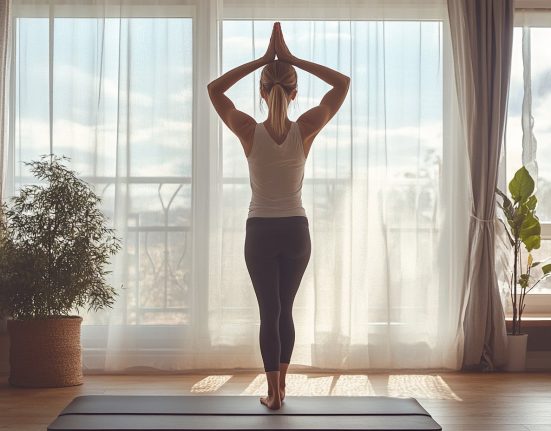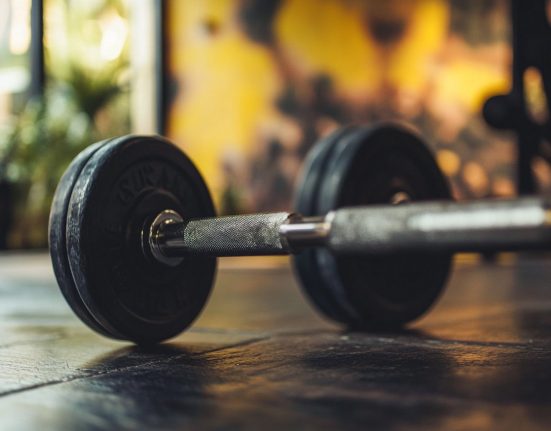Below we share a list of workout tips to help people with low blood pressure.
Low blood pressure (hypotension) can indeed make exercise difficult for some individuals. By implementing appropriate workout tips, individuals with low blood pressure can still enjoy the benefits of physical activity while minimising the risk of adverse effects. Read on as we share a list of workout tips to help people with low blood pressure.
10 Exercise tips for people with low blood pressure:
1. Start slowly
Begin with low-intensity exercises such as walking or gentle stretching to gradually increase your heart rate. This approach allows your body to adjust to the physical activity without causing a sudden drop in blood pressure.
2. Stay hydrated
Drink plenty of water before, during, and after exercise to prevent dehydration, which can exacerbate low blood pressure. Proper hydration helps maintain blood volume and supports cardiovascular function during physical activity.
3. Avoid extreme temperatures
Exercise in a comfortable environment with moderate temperatures to prevent vasodilation or constriction, which can affect blood pressure regulation. Avoid hot and humid conditions or very cold temperatures, which can strain the cardiovascular system.
4. Wear compression garments
Consider wearing compression stockings or sleeves during exercise to improve venous return and prevent blood pooling in the legs. Compression garments can help maintain blood pressure by enhancing circulation and reducing the risk of orthostatic hypotension (a drop in blood pressure upon standing).
5. Incorporate strength training
Include resistance exercises in your workout routine to improve muscle strength and tone. Strength training can help enhance cardiovascular fitness and circulation, which may help mitigate symptoms of low blood pressure.
6. Focus on posture
Maintain proper posture during exercise, especially when transitioning between positions (e.g., standing up from a seated or lying position). Avoid sudden movements or prolonged periods of standing to minimise the risk of orthostatic hypotension.
7. Use supportive equipment
When engaging in weight-bearing exercises or activities that involve standing for extended periods, use supportive equipment such as a stability ball, chair, or handrails for balance and safety. This reduces the risk of falls or injury associated with low blood pressure.
8. Monitor symptoms
Pay attention to how you feel during and after exercise, and be mindful of symptoms such as dizziness, lightheadedness, or fatigue. If you experience any adverse reactions, stop exercising and rest until symptoms resolve. Consult with a healthcare professional if symptoms persist or worsen.
9. Choose low-impact activities
Opt for low-impact exercises that are gentle on the joints and cardiovascular system, such as swimming, cycling, or elliptical training. These activities provide cardiovascular benefits without placing excessive stress on the body, making them suitable for individuals with low blood pressure.
10. Gradually increase intensity
As your fitness level improves and your body adapts to exercise, gradually increase the intensity and duration of your workouts. Aim for a progressive overload approach, gradually challenging your cardiovascular system while allowing for adequate recovery between sessions.
Following these exercise tips can help individuals with low blood pressure safely engage in physical activity while promoting cardiovascular health and overall well-being.









